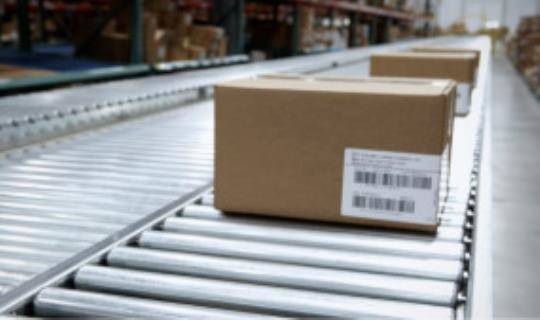Dispelling five myths about international shipping
By World Courier
Myth 1: Time is always of the essence.
Customs clearance in many countries can take weeks. And when shippers are accustomed to clearance in two to three days, customs delays can mean damaged product and costly replacements.
In Latin America, for example, difficulties communicating with stakeholders such as the importer of record, customs broker or customs authorities can present challenges. And whether communication is limited by language barriers or lack of experience with certain products, these challenges can result in delayed responses to important questions or documentation confusion.
In addition, the problem of ever-changing customs regulations in regions like Latin America presents ongoing challenges. At times, shippers are faced with revising paperwork for shipments they have experience with, but manual checks for shipments into Latin America allow room for interpretation. Shippers often have to treat every shipment as if it’s their first to the region, and seem always to be in the hands of customs authorities.
Myth 2: A box is just a box.
As product types evolve, new temperature control demands emerge. And often, airport storage capabilities can’t keep up. While customs may claim a freezer works at certain temperatures, monitoring may show otherwise. Knowing they will need to monitor temperature continually will help shippers make more appropriate decisions about packaging when storage premises are not 100 percent reliable.
In addition, most iterations of packaging innovation are developed in the United States or Europe, which means that not all packaging can tolerate the extreme heat/ humidity of Asia-Pacific or Latin American countries. Shippers will be wise to consider climates in advance for packaging decisions.
Myth 3: The bigger the economy, the better.
Despite the size of countries like Brazil in Latin America, smaller countries like Uruguay and Chile have traditionally offered better customs clearance. And while shippers may be hesitant to ship to Bolivia, Paraguay or Guatemala, regional experts contend that these countries are no more difficult than others in the region.
In addition, the Asia-Pacific region is vast, and is home to China, Japan, India, Australia and Korea — some of the largest economies in the world. But don’t assume shipping to these locations is easier. Apart from Japan, Australia and New Zealand, specialty logistics is not as straightforward as one might expect from such established countries. In countries like China and India, shippers can run into complexities around cross-border data, compliance and quality standards, as well as wide variances in airline facilities.
Myth 4: Regional standards are the standard.
Infrastructure challenges abound when it comes to global transport, and they’re often in unexpected spots. Brazil and Argentina remain politically challenging, while Chile and Uruguay have put more efficient processes in place and are more open to international commerce. In fact, shipping a specialty product from Colombia to Argentina would be just as difficult as shipping from the United States. Storage varies within regions as well. Shanghai’s airports offer state-of-the art temperature control, while products might sit in a shed when they arrive in Bangalore.
While local regulations are evolving and shipping becomes a little easier all the time, shippers certainly should not expect standardization for customs clearance or regulatory relationships, especially for pharmaceutical products. One reason for this is that the “language” of pharma, from ingredient names to scientific terms, cannot be easily translated. And without translation, lack of transparency in clearance processes continues to be an obstacle.
Myth 5: All service providers are created equal.
Preparation is often half the battle when it comes to overcoming region-specific shipping obstacles. Paperwork has to be ready in advance of shipping to many countries, and import permits need to be in place, brokers assigned and customs duties accounted for.
Without the proper paperwork and prep, shippers risk customs delays. But even the best-laid plans don’t mean shipments will clear quickly. The most qualified logistics partners can help shippers navigate region-specific complexities, mitigate risk with defined processes and leverage in-market resources when things don’t go as planned.
It comes down to experience and knowledge that can drive execution. Ask yourself: Does your logistics provider know the facts behind these misconceptions?


